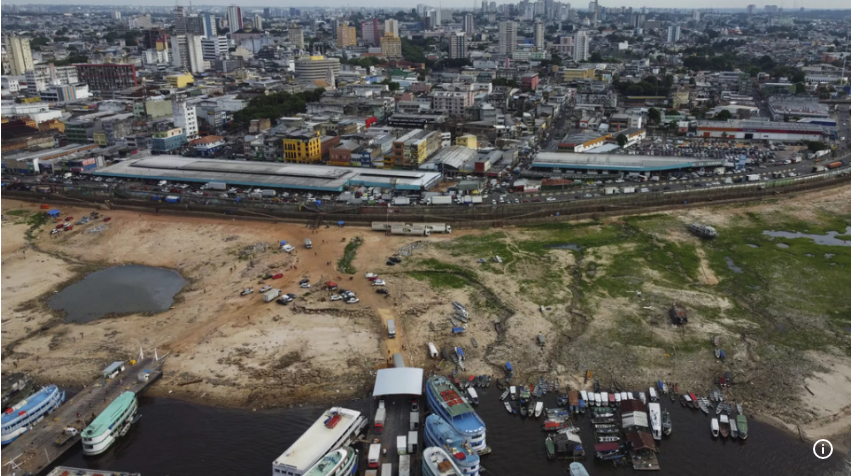Latest
80-Year-Old Choi Soon-hwa Set to Make History in Miss Universe Korea Pageant

Choi Soon-hwa, an 80-year-old trailblazer, is poised to make history as the oldest participant in the Miss Universe pageant. She has been named a finalist in the annual Miss Universe Korea competition, competing against 31 other contestants for the coveted crown. If she wins, Choi will represent South Korea at the Miss Universe final in Mexico this November, breaking age barriers along the way.
“I want to stun the world, like, ‘How is an 80-year-old lady so healthy?’” Choi said in a recent interview with CNN. “I want to show that we can live healthily even when we get old.”
Miss Universe historically limited contestants to ages 18 to 28, but those rules changed in 2024 as the organization lifted the age cap, allowing older women to compete. This follows another modernization last year, which removed bans on pregnant women, mothers, and those who have been married.
Choi, determined to seize the opportunity, is the oldest contestant ever to participate in a national Miss Universe pageant. If she advances to the global stage, she will be more than twice the age of the next oldest confirmed finalist, 40-year-old Beatrice Njoya of Malta.
“Now that the age restriction has been lifted, I said, ‘I should give it a try,’” Choi explained, adding, “Whether I get through or not, I was determined to try and get this opportunity.”
Miss Universe Korea organizers embraced the changes, promoting this year’s competition with the message that “age doesn’t matter when it comes to dreaming.” In addition to lifting the age restriction, the competition removed its swimsuit segment, allowing finalists to showcase their talents in a variety of ways. For Monday’s pageant, Choi is preparing for a singing contest, while other finalists will perform dances or wear traditional Korean “hanbok” attire.
The winner of Miss Universe Korea will be selected based on a combination of online voting and judges’ evaluations, which Choi noted focus on both “outer and inner beauty.” She emphasized the importance of having a positive mindset, saying, “Looking beautiful on the outside is important, but I think you need to be at ease in your mind as well, and know how to respect others.”
Choi remains unfazed by criticisms that pageants promote narrow beauty ideals, particularly as cosmetic surgery becomes more common among contestants. “It’s hard to find people who haven’t done any touch-ups or plastic surgery,” she remarked, adding, “I think it’s time we just embrace it.”
Choi’s participation in the Miss Universe Korea competition signals a new era of inclusivity in the world of pageantry, inspiring many with her determination and confidence.
Latest
Flash Floods Devastate Thai Elephant Sanctuary, Killing Two Elephants and Forcing Evacuations
Latest
Severe Drought Causes Record Low Water Levels in Brazil’s Negro River
Latest
Oxford Scientists Develop First Ovarian Cancer Vaccine in Groundbreaking Research
-

 Business1 year ago
Business1 year agoSaudi Arabia’s Model for Sustainable Aviation Practices
-

 Business1 year ago
Business1 year agoRecent Developments in Small Business Taxes
-

 Politics1 year ago
Politics1 year agoWho was Ebrahim Raisi and his status in Iranian Politics?
-

 Business11 months ago
Business11 months agoCarrectly: Revolutionizing Car Care in Chicago
-

 Business11 months ago
Business11 months agoSaudi Arabia: Foreign Direct Investment Rises by 5.6% in Q1
-

 Technology1 year ago
Technology1 year agoComparing Apple Vision Pro and Meta Quest 3
-

 Politics1 year ago
Politics1 year agoIndonesia and Malaysia Call for Israel’s Compliance with ICJ Ruling on Gaza Offensive
-

 Sports10 months ago
Sports10 months agoKeely Hodgkinson Wins Britain’s First Athletics Gold at Paris Olympics in 800m



















